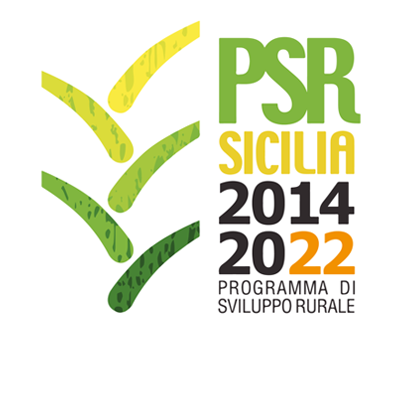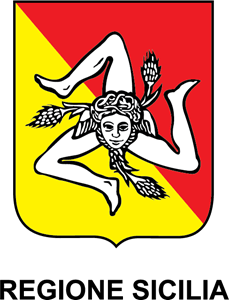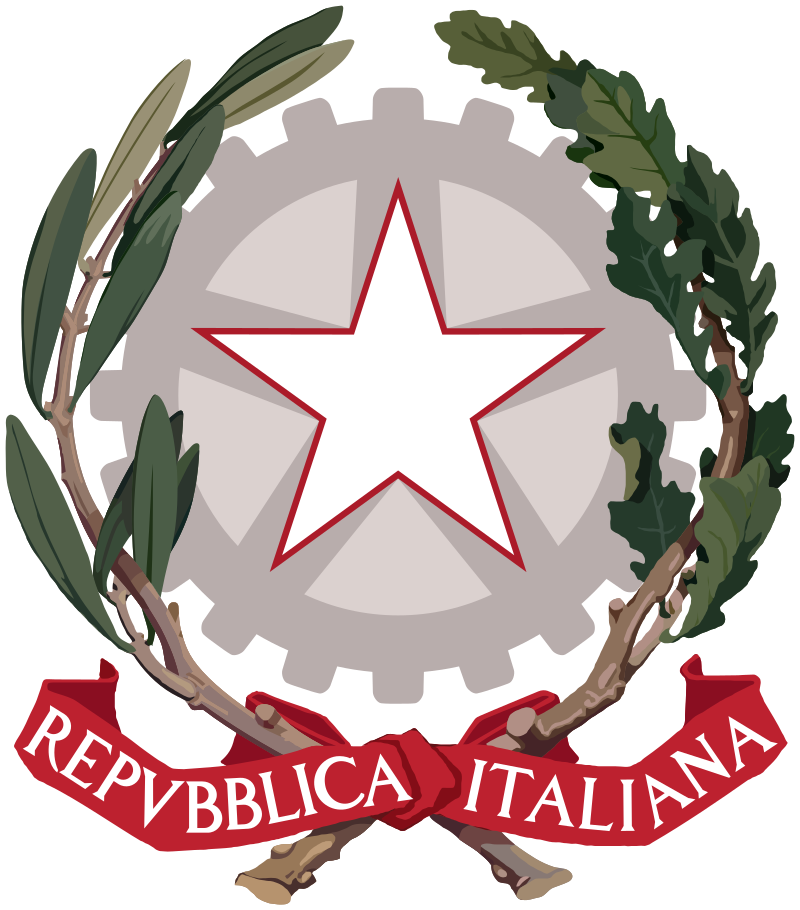Country
Specie
ISO3
CAN
Language
eng.
Transboundary name
Hereford
Breed classification (geographic)
International
Adaptability to specific environment
Good foraging ability with efficient feed conversion and hardiness allowing the breed to withstand variations in temperature.
Specific resistance or tolerance
Tolerance to many different environments. Easy fleshing and produce good calves without extra feeding making them an economical breed.
Specific reproductive characteristic
Excellent mothers with good milk production and calving ease. A moderate sized cow requiring less to maintain her condition while producing a proportionately larger calf.
Special characteristic of product
The docility of the breed makes them easier to look after. They aren't as hard on facilities, equipment, or people.
Other special qualities
Great hair and thick hides
Reference for special qualities
Stephen Scott, Director of the Hereford Association.
Color comments
Red with white face, withers, chest, bottom line, tail switch, and feet.
Number of horns males
0
Number of horns females
0
Horn shape size and comments
Straight
Wither height males
152
Wither height females
140
Weight males
1020.00
Weight females
775.00
Other specific visible traits
White feather neck.
Herdbook
y
Herdbook established
1890
Description of origin
County of Hereford, England
Year of origin
1742
Import
1831 Herefords came to Canada south of the
Location within country
now city of Guelph
Local cryo conservation status
, brought by Frederick William Stone form England. He brought 8 heifers and 1 bull to start. The first polled Herefords were imported to Canada in 1903 by Mossom Boyd of Bobcaygeon, ON.
Local Risk
Breed found across Canada.
Detailed local risk status
Sufficient
Regional Transboundary Risk (detailed)
Not at Risk
International Transboundary Risk detailed
Not at Risk




